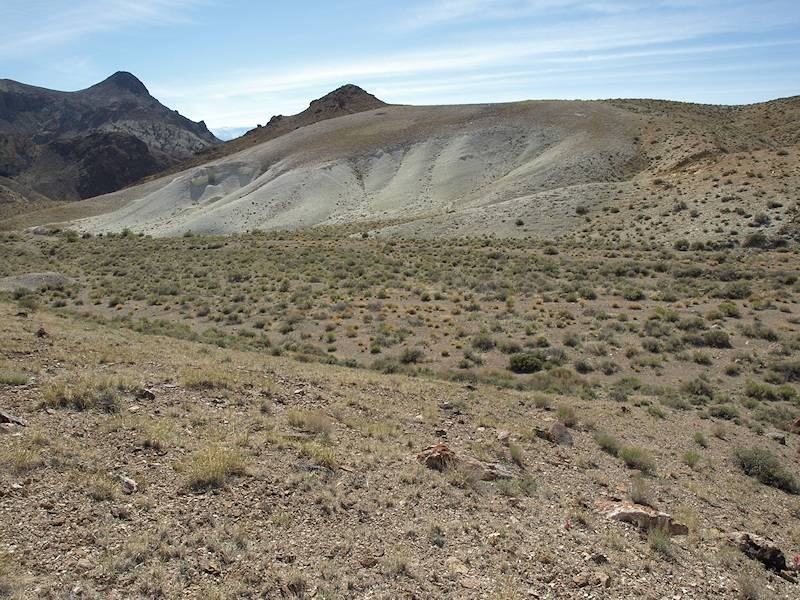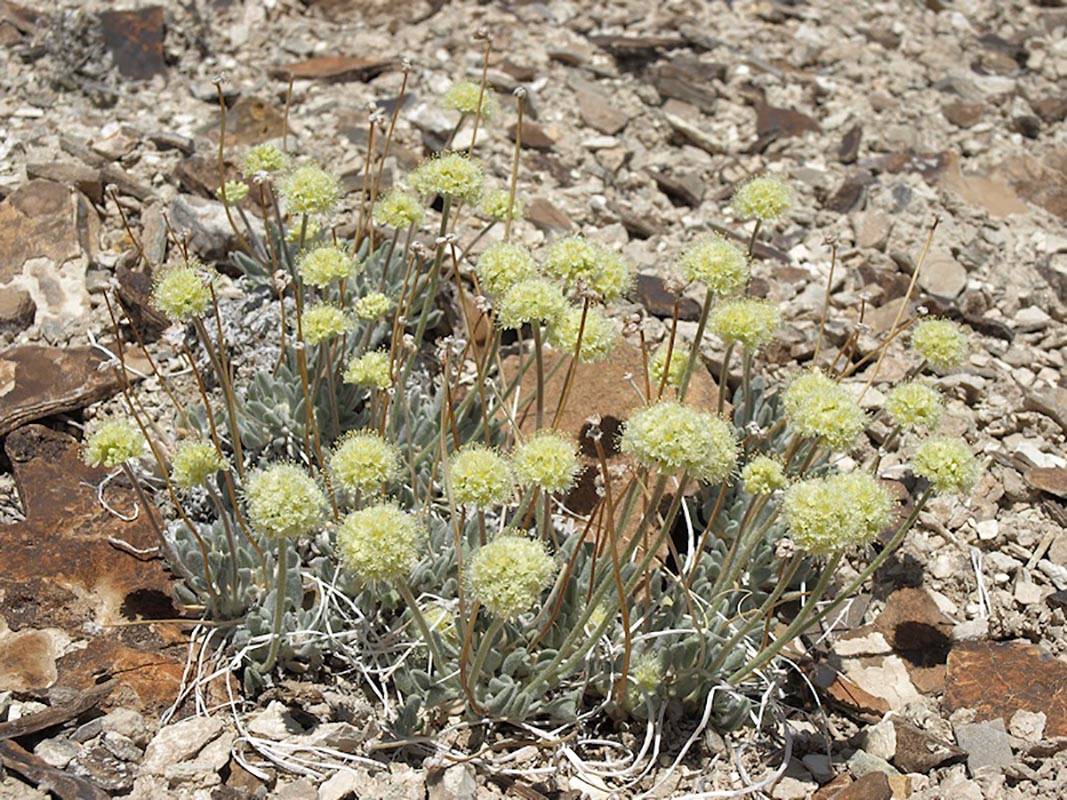Feds to decide whether rare Nevada wildflower warrants protection
Conservationists, a mining company and federal officials reached an agreement Monday that requires the government to determine by the end of the month whether a rare Nevada wildflower deserves federal protection.
The agreement, announced by the Center for Biological Diversity, stems from a lawsuit the center filed last year seeking protection for Tiehm’s buckwheat under the Endangered Species Act. The wildflower is known to grow only on 10 acres in Esmeralda County.
A federal judge ruled recently that the U.S. Fish and Wildlife Service must make a decision on whether to protect the plant, the center said.
“Tiehm’s buckwheat is staring down the barrel of extinction,” the center’s Nevada state director, Patrick Donnelly, said in a statement. “The lifesaving protections of the Endangered Species Act are critical to keep this wildflower from being wiped out by a proposed mine.”
The mining company, Ioneer Ltd., was part of the agreement.
Under the agreement, the Fish and Wildlife Service must issue by May 31 a 12-month finding on whether protection of the plant is warranted. If warranted, additional regulatory processes would need to occur before protection could be finalized.
In a statement Monday, Ioneer Managing Director Bernard Rowe said the company is confident that science supports the coexistence of a lithium mine and the wildflower.
A determination from the federal agency that the plant should be protected as an endangered species would not stop the project from being developed, he said.
The company’s conservation measures will help the plant long-term, Rowe said.
“As we have stated from the beginning, our commitment is to producing a first-class project that allows for the development of a critical supply of lithium, while also ensuring the protection of the Tiehm’s buckwheat,” he said.
Wildflowers damaged
Last year, conservationists found an estimated 40 percent of the plant's population destroyed. Fish and Wildlife officials announced in December that the damage was caused by animals.

















